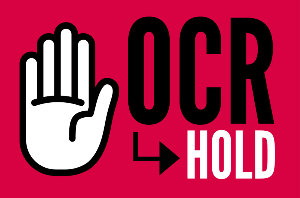
The Monetary Policy Committee agreed to expand the Large Scale Asset Purchase (LSAP) programme up to $100 billion so as to further lower retail interest rates in order to achieve its remit. The eligible assets remain the same and the Official Cash Rate (OCR) is being held at 0.25 percent in accordance with the guidance issued on 16 March.
Reflecting a possible need for further monetary stimulus, the Committee also agreed that a package of additional monetary instruments must remain in active preparation. The deployment of such tools will depend on the outlook for inflation and employment. The package of further instruments includes a negative OCR supported by funding retail banks directly at near-OCR (a Funding for Lending Programme). Purchases of foreign assets also remain an option.
Over recent months New Zealand had contained the spread of COVID-19 locally, allowing a relaxation of social restrictions and a recovery in economic activity. Recent indicators highlight that the faster return to social norms and a higher proportion of employees working from home has seen output and employment recover sooner than projected in our May Monetary Policy Statement. Recent spending also reflected pent up demand resulting from the lockdown period.
However, the severe global economic disruption caused by the pandemic is persisting. Any significant change in the global and domestic economic outlook remains dependent on the containment of the virus, which is highly uncertain as evidenced today by the return to social restrictions in New Zealand. Such uncertainty is stifling household and business spending appetites, as highlighted in confidence surveys. Given the ongoing health uncertainty, there remains a downside risk to our baseline economic scenario.
International border restrictions will continue to significantly curtail migration and tourism, and lead to the activity outlook being uneven across industries and regions. Commodity prices for New Zealand’s exports remain robust, but this has been partly offset by a rise in the New Zealand dollar exchange rate moderating the return to local export producers.
Ongoing support for domestic economic activity is being provided through significant government spending on business assistance and household income support. This will be supported by a rising level of government investment. However, there will be a transition of policies in the near-term, with the announced end of the Wage Subsidy likely to coincide with a decline in employment.
Monetary policy will continue to provide important economic support in the period ahead. Its effectiveness is evidenced by retail banks’ lower funding costs and lending rates, which are benefiting businesses and households. It remains in the long-term interest of banks to fully pass on the benefits of lower funding costs to their customers.
The Monetary Policy Committee will provide additional stimulus as necessary to meet its remit.



Comments
No comments yet.
Sign In to add your comment